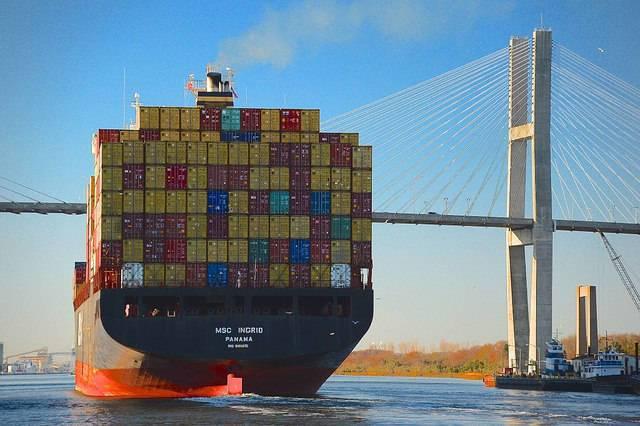
By Megan Wild
Businesses that cut down on their supply chain's carbon emissions are doing a great service to the environment, as well as providing their own business with a PR boost and potential cost savings in the long-term. Although cutting down on environmental impact can entail significant changes to supply chain and packaging methods, an effective measurement of your company’s transportation carbon footprint and gradual consequential steps can go a long way in ultimately curbing the environmental impact.
Five ways to “green” your supply chain include:
1. Measure your company’s transportation carbon footprint
Before digging into the number of ways to "green" your supply chain, it's important to figure just how much of a carbon footprint you're already creating. Doing so can help you determine where you're producing the most emissions, which is the first step to reducing them. The Green Freight Handbook, available for free from the Environmental Defense Fund, is an excellent guide with straightforward formulas to calculate your carbon footprint.
If you notice too much of a carbon footprint coming off your air and truck transit, it's worth considering the greenest way to ship: via ocean freight. For example of ocean freight superiority, the World Shipping Council found that a shipment from Australia to Long Beach, a distance of 8,000 miles, produced less of a carbon footprint than trucking similar goods from Long Beach to Dallas, for a total of 1,500 miles.
Another option is AWS (All Water Service). Although this may result in longer deliveries, it means that the goods will be on the water for its entirety, as opposed to tacking on a carbon footprint by being transported from the water to a truck or air. Using a combination of delivery methods to reach the destination, as opposed to AWS, will be faster, though it will certainly contribute more of a carbon footprint.
2. Avoid air freight
While it may not be impossible to avoid air freight all of the time, cutting down air transit use is highly recommended if you care about your carbon footprint. Air freight has the highest carbon emissions, a whopping 40 to 50 times more than ocean transportation.
If a lucrative client values a prompt delivery above all else, then air freight may be your only option. Still, if you have some viable transit options, avoid going with air, instead opting for something like used trucks. Used trucks are still powerful and fuel-efficient. Air freight's impact on the environment is very significant.
3. Aim for FCL (full container loads)
Opting for full container loads (FCL) instead of less than container loads (LCL) results in faster transit. It's also less likely to result in damaged goods, as the items have less room to shift around.
Most importantly for the environment, one large load produces less of a carbon footprint than several small loads. Consider looking into Buyers Consolidations among international freight forwarders, as they can help consolidate shipments into an FCL by gathering various shipments.
4. Analyze your packaging process
How you organize your packaging can play a prominent role in its carbon footprint. This varies based on the items sent.
For example, shipped soccer balls or footballs can be deflated to save space. Additionally, use packaging materials with minimal carbon footprint, including recyclable and biodegradable materials. Beyond the carbon emissions, these materials are less likely to harm animals and nature that comes into contact with it.
5. Strive for reduced carbon emissions, not zero
Zero carbon emissions may be a possibility one day, though the shipping industry at its current state makes it impossible to avoid entirely. As a result, businesses should strive to reduce carbon emissions, rather than fully eliminate them. Prompt deliveries remain a priority for specific clients, so certain undesirable shipping methods will remain.
Another option for businesses is to purchase carbon offsets and credits, a tradable permit or certificate representing the right to use a certain amount of carbon dioxide or another greenhouse gas. Its aim is to curb greenhouse gas growth, especially in countries where greenhouse gas emissions are capped. There is no such cap in the United States, though companies can certainly purchase carbon offsets voluntarily if they’re serious about reducing their carbon footprint.
These five tips can aid tremendously in reducing a business’ carbon footprint so they can help the environment and satisfy customers who prioritize the issue when deciding which companies to use.
Megan Wild is an observer of the construction industry and writes about her adventures in home improvement on her blog, Your Wild Home. You can find her tweeting about the construction industry and design ideas on Twitter.
TriplePundit has published articles from over 1000 contributors. If you'd like to be a guest author, please get in touch!














